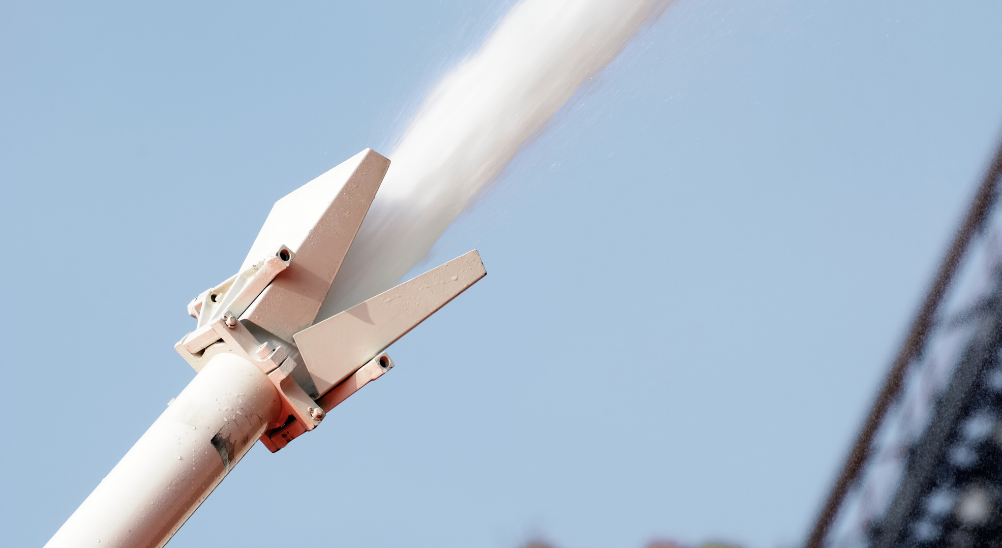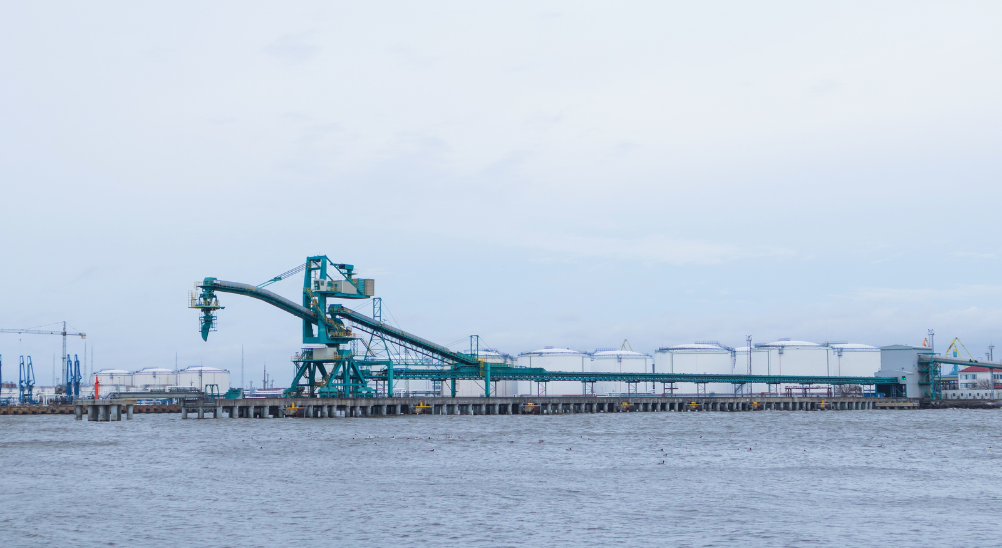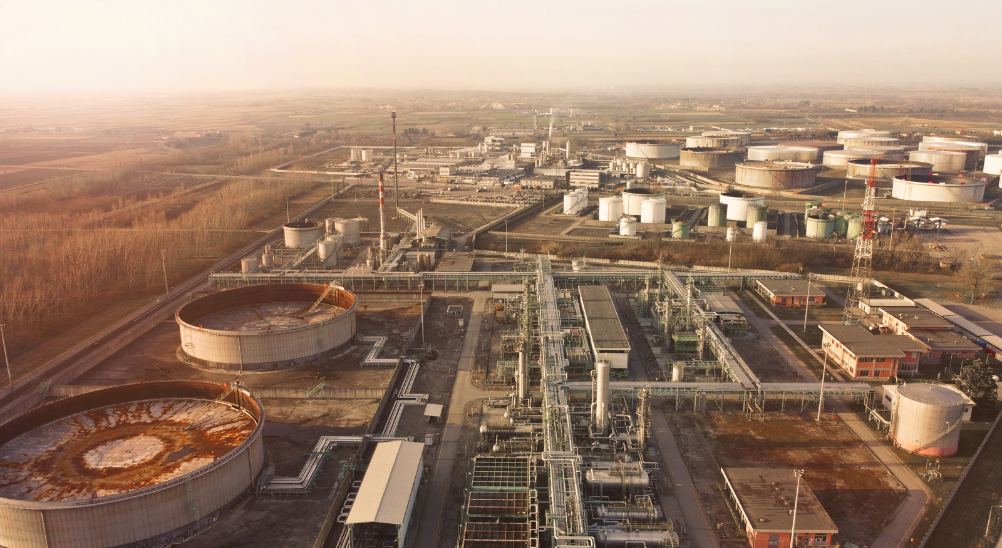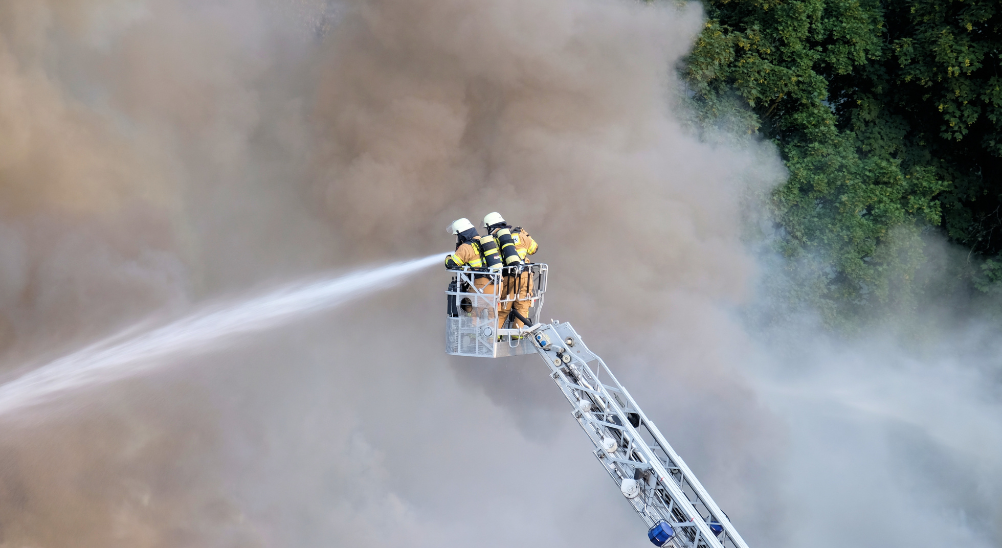Global Foam Transition – Technical Insights and Best Practices
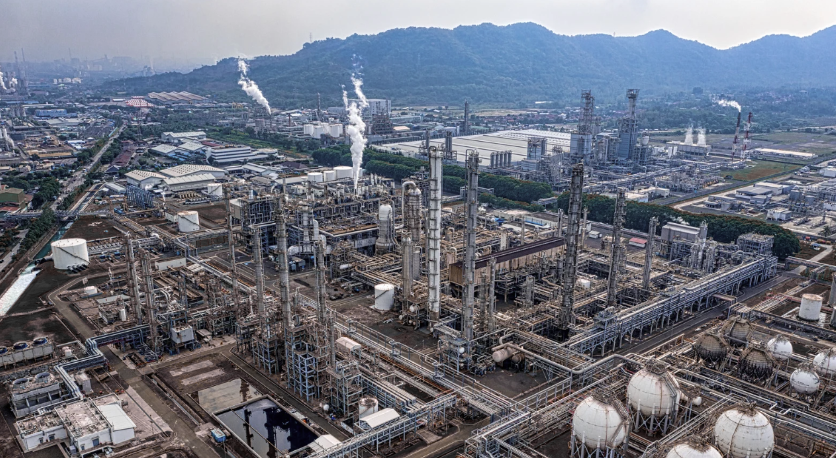
OVERVIEW
The second quarter of 2025 has seen significant momentum in the global transition from aqueous film-forming foam (AFFF) to fluorine-free foam (F3), including synthetic fluorine-free foam (SFFF). Driven by regulatory milestones (such as the U.K.’s July 2025 ban on C8/PFOA foams), growing awareness of PFAS-related health risks, and improved availability of fluorine-free alternatives, industry operators and emergency response teams are critically reviewing their foam system operations, decontamination procedures, procurement strategies, and engineering practices.
This edition summarises key technical updates and guidance from leading industry bodies and reputable journals, providing actionable insights for organisations navigating this complex transition.
DECONTAMINATION AND DISPOSAL CONSIDERATIONS
Cleaning of Legacy Foam Systems
Removing legacy AFFF residues from existing foam systems remains technically challenging. Perfluoroalkyl substances (PFAS) often persist as stubborn residues (“scale”) within piping, valves, storage tanks, and discharge nozzles. These residues can potentially contaminate replacement foam solutions, thereby undermining transition efforts.
Recent guidance from the NFPA highlights the effectiveness of warmwater rinses combined with solvent-based solutions for significantly reducing PFAS concentrations. However, achieving complete removal to ultra-low detection limits typically demands more intensive approaches, such as physical scrubbing or mechanical agitation of pipe internals and fittings.
The NFPA advises performing thorough water-flushes of foam systems – typically at least one to three times the total system piping volume – and capturing all rinsate for subsequent treatment and responsible disposal. Captured rinsate can then be effectively treated using proven technologies, such as activated carbon filtration, ion exchange resins, or specialized separation methods, before final disposal.
Disposal Pathways and Emerging Best Practices
Appropriate disposal of legacy foam concentrates and contaminated rinsate is a critical consideration. Industry best practices increasingly favour high-temperature thermal destruction (e.g., incineration at temperatures exceeding 1,100°C) with high destruction efficiencies (>99.999%). Specialist waste management providers, including companies like Veolia, have developed capabilities specifically designed to safely dispose of legacy AFFF stocks, helping organisations achieve compliance with stringent disposal regulations.
Local environmental regulatory authorities strongly discourage any disposal of PFAS-contaminated wastes into municipal wastewater systems or unapproved landfills. Organisations are encouraged to engage certified hazardous waste management contractors for tailored disposal solutions and adhere closely to evolving regulatory guidelines.
Incident Management and Runoff Control
Effective incident management now requires careful planning for foam runoff, particularly given the environmental risks posed by PFAS. Organisations should develop robust site-specific pre-incident response plans clearly identifying drainage systems, runoff containment points, and designated foam collection areas. Portable containment solutions – such as temporary lagoons, bunded storage tanks, sandbag barriers, or spill containment booms – should be part of standard operating procedures, especially for industrial and marine fire incidents.
Comprehensive risk assessments should be conducted to determine potential environmental pathways for foam runoff, particularly towards local waterways, groundwater sources, or public drainage systems. Pre-incident plans should also be periodically validated through training exercises utilising environmentally acceptable training foams.
PROCUREMENT AND REGULATORY CONSIDERATIONS
Selecting Replacement Foams
Synthetic fluorine-free foams (SFFF) differ significantly from traditional AFFF products. Industry research, including recent articles in the International Fire & Safety Journal, highlights that fluorine-free alternatives typically lack the film-forming ability characteristic of AFFFs, resulting in variations in firefighting performance. Operators should anticipate potentially longer extinguishment times or higher application rates, depending on the foam brand and formulation.
Fluorine-free foam concentrates are frequently more viscous and exhibit shear-thinning behavior, which may affect proportioning accuracy and flow through existing foam systems. Fire protection engineers should therefore perform detailed compatibility assessments and recalibrate or upgrade foam proportioning equipment, pumps, valves, and nozzles accordingly. Acceptance testing under recognized international standards (such as NFPA 11 or EN standards) remains a critical step for ensuring compliance and operational effectiveness of replacement foam solutions.
Caution on Foam Certification and Labels
Recent industry studies highlight the need for vigilance regarding foam certifications. Products marketed as “fluorine-free” might still contain trace organic fluorine content. Organisations should request detailed chemical composition disclosures, supported by independent third-party test reports. Transparency in foam product selection helps mitigate both regulatory and reputational risks associated with inadvertent PFAS exposure.
Regulatory Landscape and Industry Developments
Globally, regulatory agencies are accelerating timelines for the phase-out of PFAS-containing foams. With bans already effective or imminently planned in the U.K., EU, and several U.S. jurisdictions, organisations should monitor regional legislative developments and proactively plan their foam transition strategies accordingly. The shift towards fluorine-free foam has also resulted in market consolidation; companies like Viking Group have ceased private-label branding in favour of direct distribution of manufacturer-branded fluorine-free concentrates, reinforcing the importance of clearly tracking product equivalence and sourcing.
FIRE-FIGHTING PERFORMANCE AND ENGINEERING CONSIDERATIONS
Fire Suppression Performance
Transitioning to fluorine-free foams requires adjustments in firefighting tactics due to differences in foam blanket properties. Unlike AFFF, which rapidly forms an aqueous film on fuel surfaces, fluorine-free foams rely more heavily on blanket stability, cooling effects, and foam quality to suppress vapours and extinguish fires. Industry tests indicate variability in knockdown times, burnback resistance, and suppression effectiveness between different fluorine-free products. Careful foam selection, supported by operational training, ensures that firefighting teams are adequately prepared to handle these differences.
Equipment Compatibility and Engineering Upgrades
The higher viscosity and differing physical characteristics of fluorine-free foams can significantly impact existing foam systems. Centrifugal pumps, bladder tanks, inductors, and conventional proportioning systems might require modifications or replacement with positive displacement or gear pumps to reliably proportion and deliver these new foam types. A thorough hydraulic re-evaluation of existing foam systems, considering the Darcy-Weisbach formula, is highly recommended to ensure performance and compliance.
HEALTH, SAFETY AND ENVIRONMETAL CONSIDERATIONS
Addressing PFAS Exposure Risks
PFAS compounds are well-known for their persistence, bioaccumulation, and long-term health implications, including potential links to cancers, reproductive issues, immune disruption, and hormonal disturbances. Firefighting personnel may encounter PFAS through multiple exposure pathways, including direct foam handling, contaminated fireground equipment, and station-level contamination.
The NFPA emphasizes the importance of adequate personal protective equipment (PPE), such as self-contained breathing apparatus and chemical-resistant garments, during foam operations. After exposure incidents, immediate and thorough decontamination of personnel and equipment is critical, supported by stringent hygiene practices and proper laundering of firefighting gear.
Managing Environmental Risks of Fluorine-Free Foams
Transitioning away from fluorinated foams does not eliminate all environmental concerns. Many fluorine-free foams utilize hydrocarbon-based surfactants, which, if improperly handled or disposed of, pose acute risks to aquatic ecosystems. Consequently, containment, careful handling, clear labelling, and responsible disposal of all foam concentrates remain imperative.
KEY RECOMENDATIONS FOR FOAM TRANSITION
- Implement robust, multi-stage cleaning protocols for legacy foam systems, including proper rinsate capture and disposal.
- Select fluorine-free foams based on comprehensive performance testing, chemical transparency, and equipment compatibility assessments.
- Incorporate runoff containment and incident management plans into pre-incident preparations.
- Continuously monitor regional and global regulatory developments to proactively adapt compliance strategies.
- Prioritise the health and safety of firefighting personnel through rigorous PPE usage, hygiene standards, and effective decontamination protocols.
ADDITIONAL RESOURCES
- NFPA Fire Service Foam Roadmap (nfpa.org/foamroadmap)
- SERDP/ESTCP PFAS Remediation Research (serdp-estcp.mil)
- Interstate Technology Regulatory Council (ITRC) PFAS Guidance (pfas-1.itrcweb.org)
CLOSING THOUGHTS
The global foam transition presents substantial technical, operational, and regulatory challenges. By remaining informed of best practices and adopting proactive measures, organisations can effectively manage this transition, protecting both human health and the environment. Archer remains committed to supporting industry partners through timely, practical, and reliable guidance during this critical shift.

